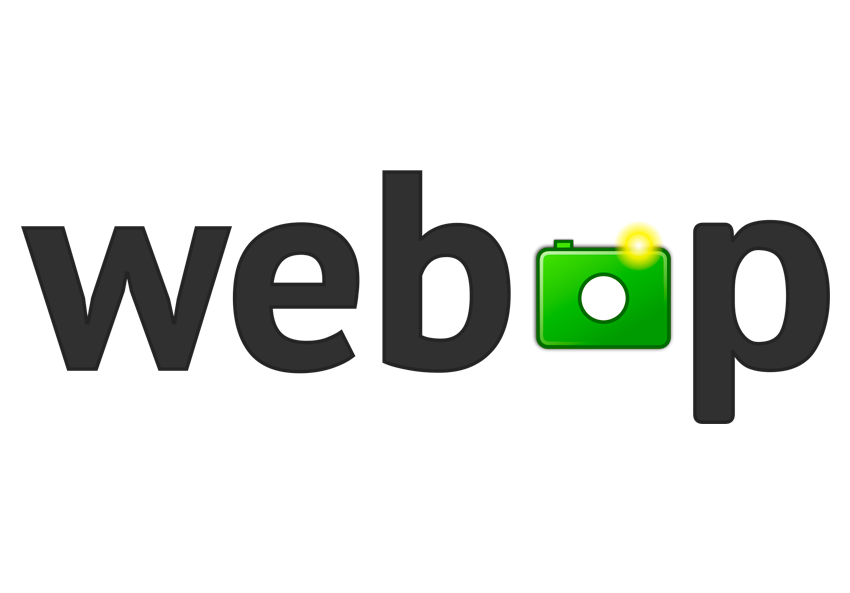If you are a lover of GIF images you may have already realized that these do not always use that format. Some of these moving images use .WebP instead, and today we are going to explain how this WebP is and how it differs from the rest. And it is that every time is more popular and its presence continues to grow in pages like the popular Giphy.
In short, we could say that it is an open source image format that is being developed by Google. Its goal is to unify all the advantages of PNG, JPEG and GIF formats in a single much lighter than any of the three. In this way, the websites you visit may be less heavy and load faster.
What exactly is the WebP format?

The WebP is an image format that has been developed by Google for almost a decade. Its mission is to offer lossless compressions to unify the advantages of JPEG, PNG and GIF formats, trying to reduce the size of the images that use it to try to make the web faster.
This is a project that Google introduced in 2010, and that is open sourceunder the BSD license. Its technology is based on the VP8 video format that Google acquired with the purchase of On2 Technologies in 2009. In addition to the WebP, Google is also developing another video format also called WebM, although this format is somewhat heavier and does not have as much popularity.
We currently have three major codecs or formats that everyone uses. They are JPEG, PNG and GIF, which date back to 1991, 1996 and 1987 respectively. Since its inception these formats have been evolving to more or less continue to serve, but in some cases are starting to be a little old fashioned, and this is one of the reasons why Google decided to develop its own format.
Each of these three formats has its unique characteristics …
- JPEG: It is characterized by its high capacity of compression, although in return it has a significant loss of quality in the images.
- PNG: A lossless format that supports transparency, but does not have such powerful compression and makes images especially heavy.
- GIF: Its compression has no losses, but can only represent 256 colors. Given that your screen represents millions of colors, the result is that the GIF is possibly the most obsolete format of the three, although the only one that supports animations.
Therefore, the one that Google wants to offer all the benefits of these three formats means that they have on the one hand the high compression of JPEG, on the other the ability to offer images without losses as the PNG, and finally the capacity to reproduce images moving and lossless like GIFs. In all cases, WebP files are lighter.
You may also like to read: How secure is WordPress as a CMS for your website?
The less occupy a WebP file?

Originally the WebP was conceived as an image format to compete with PNG and JPEG. Its lossless images occupy 26% less space than PNG, while its most compressed and lost images occupy 25 to 34% less than JPEG with quality equivalents according to Google’s own data.
However, over time Google decided that WebP supported transparencies and animated images, making it also a rival for GIF images. In fact, the checks point out that the differences in file size offering the same quality between WebP and GIF are much higher than with the other two formats.
For example we have the classic GIF banana dancer, an image so small that almost nothing weighs. In GIF format occupies 85 KB, which is nothing, but is that in WebP format the weight goes down to 5 KB. And if that happens in the most basic moving images imagine in the advanced ones. External testing has shown that when you create an image of this type from a YouTube video, the same composition that weighs 2 MB in GIF format stays at 508 KB in WebP.
The advantage increases as we compare with more complex images. According to these tests, creating a moving image from a video game in GIF format would occupy 465 MB, and in WebP format only 61 MB, almost eight times less . And the more complex and long the image the more difference there is in size.
In terms of numbers, according to Google, the file of an animated GIF converted to a WebP with Perpetrators is 64% smaller, while the lossless version is 19% lighter than the lossless GIF. In addition, the WebP has more colors and takes less to be codified, although the great disadvantage of the format of Google is that at the moment is not so widespread.
